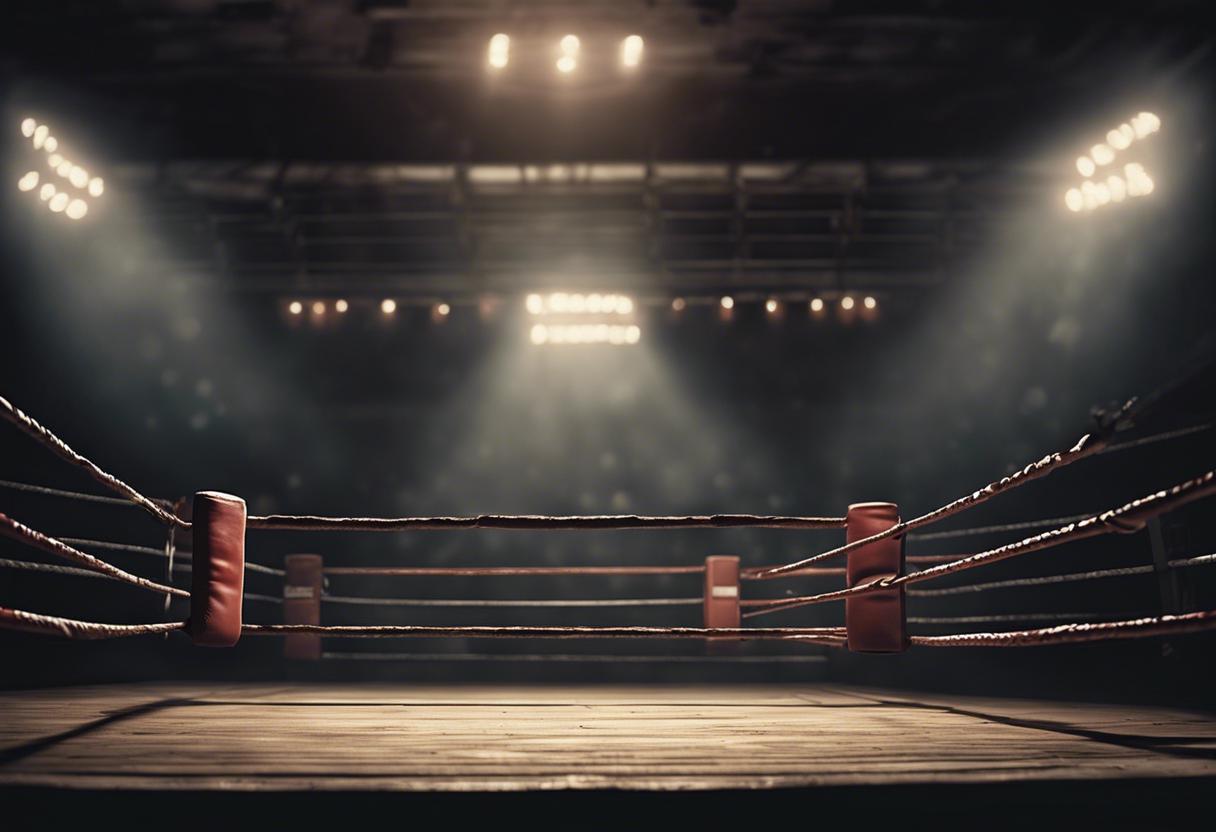

The sports grant allocation system is so complex, it’s almost akin to completing a PhD thesis just to grasp the intricate details of the process – determining who receives what, and the factors that influence these decisions. It appears that, similar to the Irish taxation system, clubs or federations with financial strength, structured administration and team members possessing appropriate skillsets or financial capacity to fund their initiatives are more inclined to receive Government funding. However, these facilities are a privilege not all sports possess.
This week witnessed millions being dispersed, totalling €230 million to be precise, with every obscure sport and respective administrative body praying to favour the odds of the application system in their interest.
On Wednesday, every sports enthusiast and official anticipated the notifications on their smartwatches, informing them of grant approvals or rejections, along with the category it may belong to.
There is also the case of seemingly arbitrary allocations such as Clonmany Shamrocks Sports & Athletic Limited being granted a ‘New Mower, Defibrillator & Storage Container’ valued at €70,000, while Carrigtwohill GAA Club in Cork meriting €17,285 for PV Solar Panels. Also, a club in close vicinity might not receive any finances at all.
Once the fuss calms down, the public observes the disbursal disparities across various sports, which run into millions of euros, which seem to indicate biases based on socio-economic standings, gender ratios, merits of the project, and self-financing capacity. But is this perception accurate?
One noticeable aspect is that a club’s success of securing a grant seems to depend on their skill in completing the application form and their premises’ ownership status. Essentially, owning a property is preferred over leasing one.
Regardless, the competition for obtaining funding has become a fierce contest, with certain governing bodies and clubs demonstrating proficiency equivalent to Olympic medallists in manoeuvring these intricacies.
A sports official voiced in an informal survey that the system is clumsy and biased towards sports with substantial capital assets. Another described it as a muddled situation. A different official mentioned that his organisation had to conduct several training sessions to teach members how to correctly apply for funding.
The complex nature of the process has even led to comments suggesting that a lawyer or a cryptoanalyst may fare better. Looking at the breakdown of subsidies, grants, and allocations across different sports, many get the impression of an inherent prejudice. There appears to be a skew that results in uneven outcomes.
While some sports receive outstanding funds, leading to astonishment and relief that the money is being put to good use, there is also a common feeling of disappointment for those that are neglected.
Hats off to the administrators in both the GAA and soccer federations, whose cumulative allocation of €138 million makes up 60% of the €230 million, outshining all other sports bodies combined. Though perhaps it feels justified because your sister plays soccer and your cousins are into hurling, while you yourself participate in various sports, with neither soccer nor GAA being your primary choice.
Factor in the €10 million for rugby and €11 million for golf, and four sports share an impressive €159 million portion of the grant funding.
However, discrepancies begin to appear when we look closer at the allocations. Journalist Sean McGoldrick shed light on the issue this week, pointing out the funding received by boxing, despite its high level of success in Olympic competitions since the state’s inception. The sport, which has earned 19 medals and given us double Olympic champions like Kellie Harrington, receives just €830,914, in stark contrast to the €96 million allotted to GAA. The adeptness of GAA at securing grant funding is commendable, consistently hitting the mark each time.
Of course, comparisons are inevitably drawn and rough calculations done. With boxing boasting around 20,000 members in contrast to GAA’s more than half a million, perhaps this can explain the disparity in funding.
GAA is around 25 times bigger than boxing, not 96 times as previously stated. This eliminates two considerations as neither size nor Olympic achievement plays a part. The availability of self-financing is a significant factor in gaining larger regional contributions, which inherently favours those disciplines with ready investment capital and leads to curiosity about the value of other variables such as socio-economic disadvantage.
The present system’s equilibrium and proportionality come into question. Boxing tends to thrive among disadvantaged communities and extends its reach to diversely cultured participants, including immigrants and the Travelling community. However, the sport is short of investment funds and facilities.
Conversely, tennis sports both upgradable facilities that are usually owned by them and clubs frequently located in more privileged regions. Despite having no participant in this year’s Olympic Games or any Grand Slam competitions, tennis bagged €6,579,430 from this year’s grants, thereby mastering the grant application process.
However, the prevailing situation where sports like GAA, soccer, rugby, golf and tennis monopolise the funding landscape merely deepens the financial divide between different sports. Despite being relatively transparent, the status quo leaves a lot to be desired.